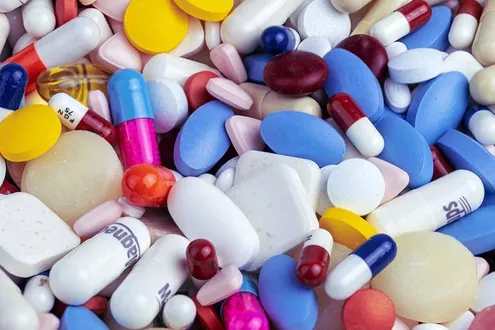Tramadol addiction has a profound effect on the body and mind. Before the mind can be addressed, it’s essential to rid the body of the toxic substances within. This is achieved by detoxing the body by means of a process known as withdrawal.
The symptoms of withdrawal can be difficult to endure and many people are likely to experience intense cravings and feel emotionally unstable and physically ill. At this stage, addicts are vulnerable to relapse and tempted to use tramadol in a bid to stave off the discomfort of the purging process.
When tramadol is used, the brain attempts to self-regulate by either accelerating or decelerating its processes. When you stop taking the drug, the brain goes into overdrive, causing the symptoms associated with withdrawal.
Some people recommend tapering use to ease withdrawal symptoms rather than going cold turkey. Whatever the approach, appropriate and professional support and guidance can help to break the cycle of addiction by making the withdrawal process as manageable as possible.

If you’ve been using tramadol for long enough and in sufficient quantities, chances are you’ve developed a dependency. Addiction to tramadol can destroy your life and have a profound effect on the lives of those around you. Without treatment, your addiction will continue to deteriorate. As your body becomes less responsive to the effects of the doses you consume, you’ll need greater quantities to experience the initial high. The more tramadol you take, the greater the chance of overdose.
It’s important to seek help as soon as possible and detoxification is the first, essential step on the road to recovery. The purpose of detox is to remove all traces of tramadol from your system while controlling any withdrawal symptoms.
To be able to move forward in the recovery process, it’s essential to be free from the drug.
Like many other substance addictions, tramadol addiction is difficult to overcome. Many addicts may have multiple drug dependencies or suffer from a co-occurring mental health disorder. Addiction is complex and treatment and recovery require a high level of personalised care.
While detox addresses the physical symptoms of addiction, it’s equally, if not more, important to address the accompanying psychological dependency.
Following successful detox, various therapies can be integrated into a comprehensive treatment plan to address the thoughts and behaviours surrounding your tramadol use and addiction. This type of holistic approach offers a greater chance of successful recovery.

Withdrawal symptoms associated with tramadol addiction can be intense and, in some cases, potentially dangerous. A medically-monitored detox is a safe way to kickstart treatment for tramadol addiction.
Withdrawal symptoms generally last between five and seven days. They usually begin within hours of discontinuing or drastically reducing tramadol use. Symptoms will peak but generally dissipate after around two weeks. Some symptoms can linger for several weeks.


